#my two favorite autistics
Explore tagged Tumblr posts
Text
overdressed and adam sandler bff
ok… i GUESS ill make the worlds 50th insider oc…..

SIKE ITS 2 TOONS IN A TRENCH COAT ITS ZIP AND ZILCH names stolen from @twin-toon-ideas zip (raccoon) belongs to @beautifulrosebrunette THEYRE SO PEAAAKKKKK
#ivan ivanovich#FUCCKKK THEY'RE SO EPAK#I LOVE THEM#THEY'LL NEVER KNOW ZIP SAYS WHILE TRYNA ACT COG#oh yeah the tail?.. it's an update#you lower ranking cogs wouldn't get it...#zilch says while zip cuts off a name of suspicious cogs#my two favorite autistics#mfs when you have a hyperfix in cos so you're SET#FUCK#THEY'RE SO PEAK#OG 3 RATS IN A TRENCHCOAT#NAME A BETTER DUO THAN THEM#I DARE YOU#TRIPLE DOG DARE YOU#we created them like yesterday#and they're infesting my mind#ivan uses they/them btw#not in the non-binary way#in the 'i'm two barping people' way#I LOVE TOONTOWN#ttcc toon#ttcc oc#toonblr#toontown corporate clash#ttcc#friends art
56 notes
·
View notes
Text

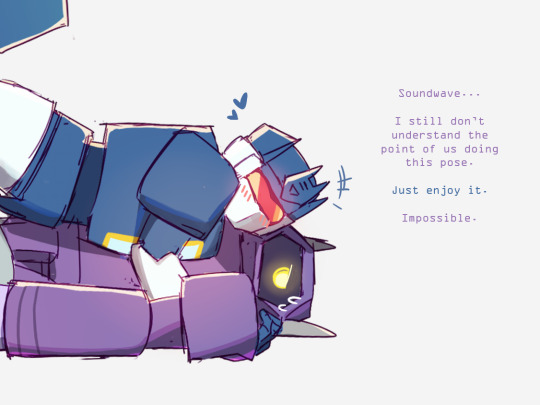
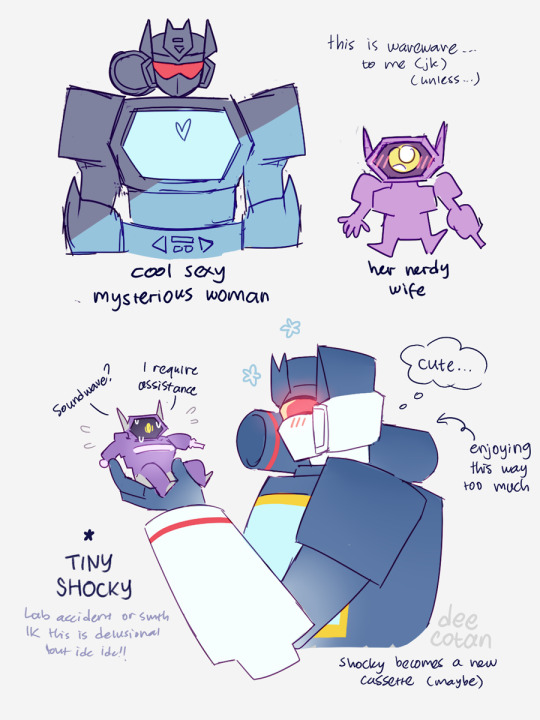
anyway here's wavewave
#transformers#transformers g1#wavewave#shockwave#soundwave#deeco art#idk why this pairing tickles my brain so much#the idea of two of the decepticons' loyalest members who at first glance seem to be the same type of quiet logical no-nonsense type#but when you really look at them you start to see their differences and how they actually work well together#but also like design-wise. romance between two robots with no visible 'face' is so sexy RAAAAAGGHHH#anyway i enjoy wavewaves dynamic in any continuity#but my personal make-believe (delusional) favorite dynamic is where shocky is just an Evil Science Nerd and soundy is her sexy goth gf#Me and the Bad Bitch I Pulled by Being Autistic kind of stuff basically
3K notes
·
View notes
Text
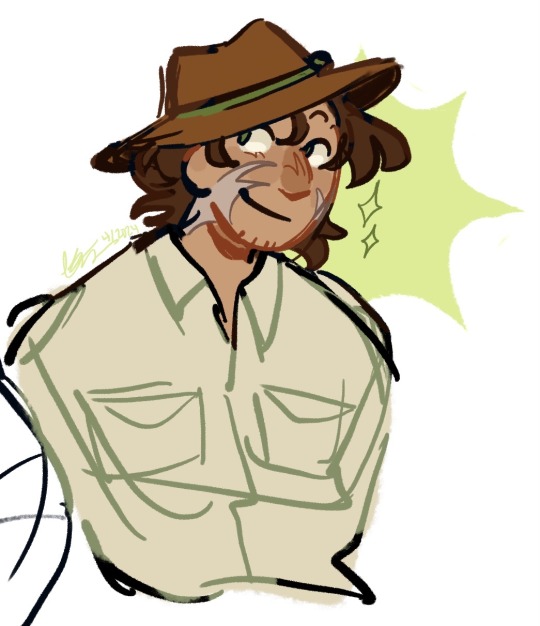
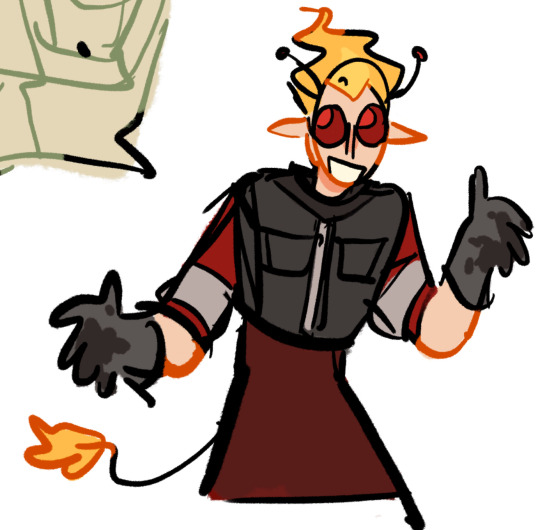
IM ABLE TO DO DIGITAL ART AGAIN!!!! YIPEE YIPEE YIPEE YIPPEE!!!!!! Behold my hyperfixation!!!
#digital art#hermitcraft#doodles#goodtimeswithscar#tangotek#two of my Favorite Guys frfr#autistic artist#hermitcraft fanart#art#drawing
604 notes
·
View notes
Text
I need people to be fair to both Emmrich and Taash during their argument scene and see where both are coming from
See emmrich's culture is like constantly under scrutiny by everyone and everyone treats him suspiciously so he thinks if he educates people on it and talks about the positives he can like get people to turn their opinions on neverra and by extension him around He's probably thinking taash's hostility comes from not knowing alot about neverra and not like a discomfort around corspes
But on the flip side
Taash's mom is constantly (unintentionally invalidating their feelings) So like when Emmrich keeps bringing up corspe stuff despite them expressing their distaste it probably makes them feel similar to how they feel when they're talking to their mom Plus when they try to talk about dragons with Emmrich he shows like no interest so their own attempt at talking about what they like gets snubbed
Like Taash is in the wrong for name calling (Even though it's funny as hell) But like Emmrich in his attempts to get people to like necromancy like he does can be pushy at times and he also could've been nicer about not being interested in dragon triva
Point being stop pitting two bad bitches against each other
#dragon age veilguard#emmrich volkarin#taash#my favorite new dynamic two autistic people who don't give a damn about each other's special interests
153 notes
·
View notes
Text
Autistic WWDITS fans what’s ur flavor of autism. Do u have Guillermo autism, Nadja autism, Nandor autism, Laszlo autism, Colin autism, or Guide autism.
#I def have Nadjatism. I’m a loud ass bitch with no inside thoughts and I also break into song for no reason 😭 Plus I’m funny as fuck#Guillermo last episode being so autistic over PIUNY tho. That was me. I do have my moments of Gizmo Autismo#There’s a reason Nadja and Guillermo are my two favorite characters (besides that I’m in love w them both)#Kitty meows#Wwdits#What we do in the shadows#Autistic headcanons
117 notes
·
View notes
Text
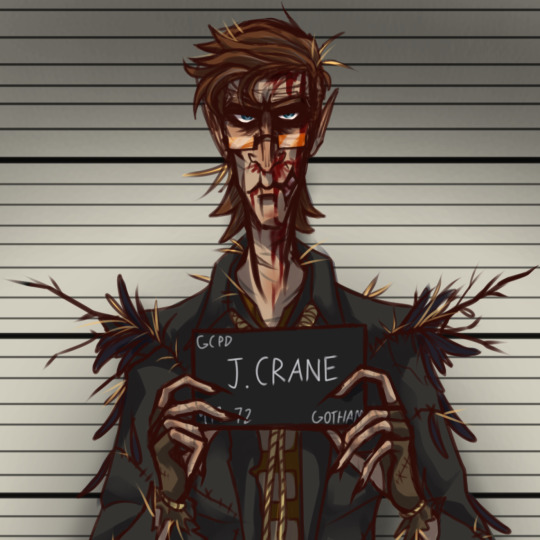
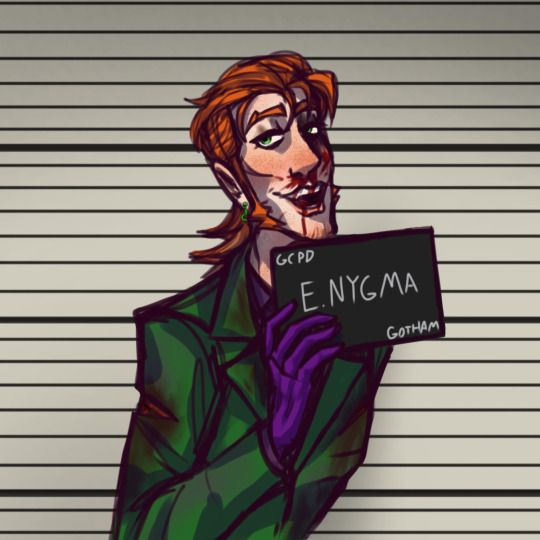
They just made out in the batmobile ❤️
#so many people have done this with these two but thats fine its fine#jons evil autistic stare is my favorite thing#scriddler#scarecrow#riddler#jonathan crane#edward nygma#barbie#batman#dc#gotham rogues#art tag
974 notes
·
View notes
Text
LOOK AT HIMMMMMM (ignore that dewott is fucking dying, this ain't about him)

But that means
Someone's gotta go.

#The tribe has spoken#Emmet the Joltik might just be my new ace#meanwhile my semisear knows damn well he's getting replaced as soon as I set eyes on a litwik#No im not autistic wdym#just because I name two of my favorite pokemon after two of my favorite characters doesn't make me autistic /j#but blitzle has gotta go cuz ive sorta bonded with my whirlipede 😞#rip blitzle#pokemon#pkmn#submas#sorta#joltik#digital art#lazy art#lazy doodle#art#special interest#blitzle#zebstrika#venipede#whirlipede#scolipede#pokemon black and white#pkmn bw#pokemon bw#dewott#ig#but this aint about him#emmet pokemon#pokemon emmet
55 notes
·
View notes
Text
Who is this sassy.. lost child?
I can now recreate most of chapter 8!!! / bonus features below the cut / follow for more cool stuff
Jin Ling's sprites:
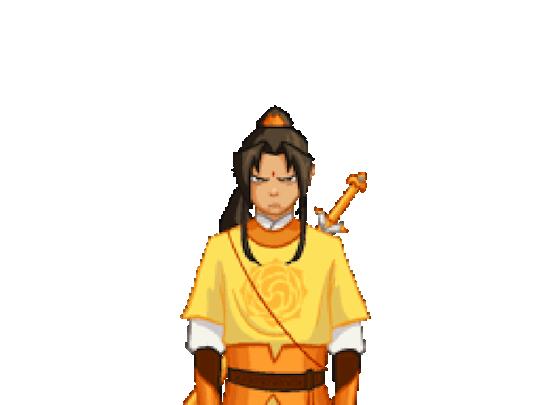
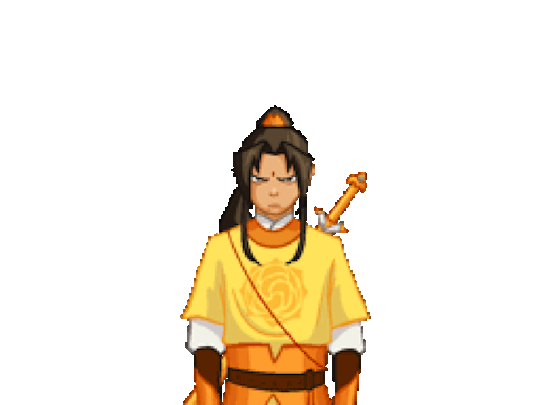
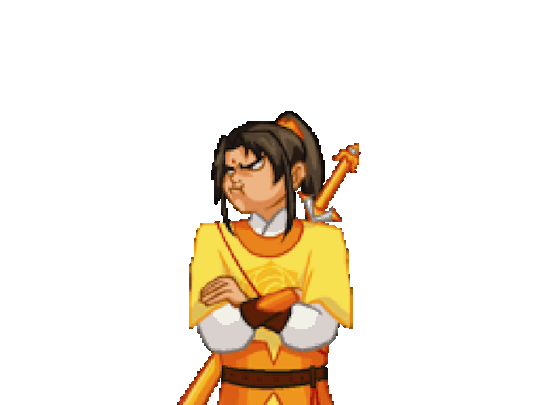
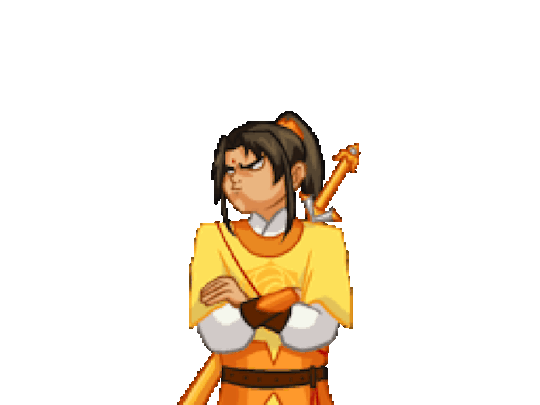


His share code is MVDLXY :)
Congrats, Jin Ling! You have 3 different poses, showing three different levels of irritation, making you the most complex character so far.
His sprites were traced off of Cody Hackins from 1-2. His little puffed-cheek sprite screamed Jin Ling.
(NASA announcer voice) Aaaand we have soundtrack. I thought Luke Atmey's and Furio Tigre's themes both suited Jin Ling pretty well. Other contenders before I decided on Moderato 2004 were Allegro 2002 and Investigation - Middle 2002.
Will take a break from these for Art Fight probably but they have been sooo fun to make. Plus I get to show off my objection.lol skills outside of stupid discord arguments.
Jiang Cheng's sprites & Nie Huaisang's sprites / masterpost
#if i do keep making these with the intent to recreate the book through ace attorney (lol) ill need to go back and redo nhs aghh#being the first sprite i did hes kind of scuffed. i would also want to give jc another emotion or two. maybe. as a treat#the logical next step is hanguang-jun#and who else could i base him off of than ace attorney's own stoic autistic childhood friend turned love interest: MILES EDGEWORTH#my personal favorite tracks from the OST are 'jake marshall' 'telling the truth' 'questioning' and 'cornered' (of course)#DL-6 makes me a little insane as well#mdzs aa au#art#mdzs#aa#mo dao zu shi#jin ling#jiang cheng#wei wuxian#grandmaster of demonic cultivation#cql#ace attorney#animation#pixel art#digital art#my art#cw flashing#flashing images tw#the untamed
1K notes
·
View notes
Text
A single like and reblog and I'll drop all my Argenthill hcs
#I LOVE THEM#SOBS#the funniest part is that I shipped them as a joke before I found out other people shipped them#I looked at my two favorite characters in hsr and said “lmao what if I shipped them/j”#and then...... I started to become obsessed. like any other autistic person would do#THIS IS LITERALLY THE NEUVIZHU SITUATION ALL OVER AGAIN#NeuviZhu 🤝 Argenthill#me shipping them as a joke because they are some of my favorite characters only to fall in love with them#honkai star rail#hsr#honkai argenti#honkai star rail argenti#argenti honkai star rail#hsr argenti#argenti hsr#honkai boothill#honkai star rail boothill#boothill honkai star rail#hsr boothill#boothill hsr#argenthill#argenti x boothill#boothill x argenti
117 notes
·
View notes
Text
D'you you know why truthwatchers and lightweavers share the illumination surge?
Because illumination is about showing other people something that isn't, truthwatchers are (🚨 hot take 🚨) autism-coded, and lightweavers are (🚨 hot take alarm 🚨) ADHD-coded, and it's all about masking. Masking all the way down.
#cosmere#stormlight archive#cremposting#shallan davar#renarin kholin#no wonder my - as an AuDHD human - two favorite characters are renarin and shallan#actually adhd#actually autistic#masking
41 notes
·
View notes
Text
OK everyone hear me out, Raine and Adrian are like complete opposites, yet they could've had such a good dynamic going on if the show didn't get shortened.
They main thing they have in common is that their type of magic (bard and illusion) are very centered on putting on a performance or at least being on a type of stage.
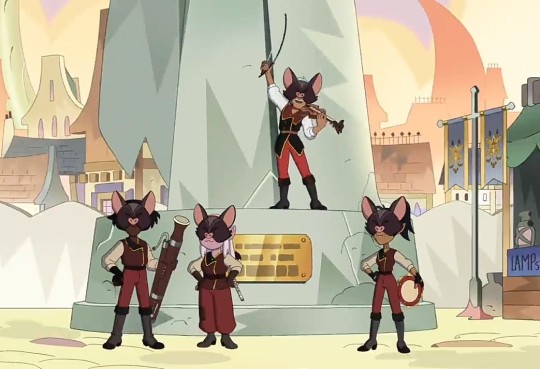
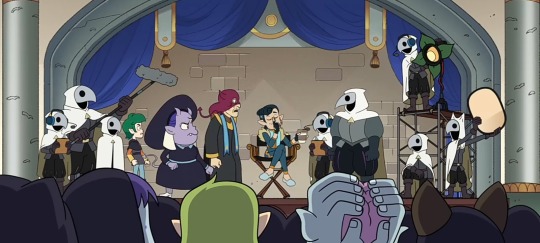
It is from here that they start to differ. Mostly with personality and roles.
Starting with Raine having stage fright and most of the time, they're shown to be on a stage/front and center.

Meanwhile Adrian loves being in the spotlight and lives for drama, yet is seen to place himself as a director behind the scenes of his illusions as a preference.
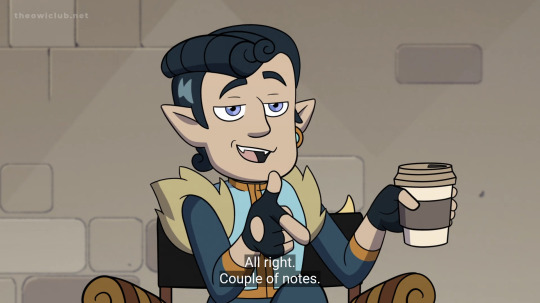
Deapite their differences, one thing's for sure is that they both love what they do (music and directing)
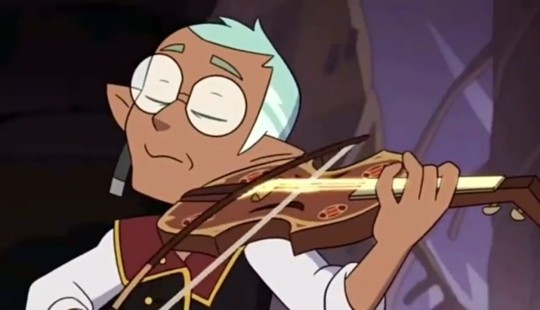
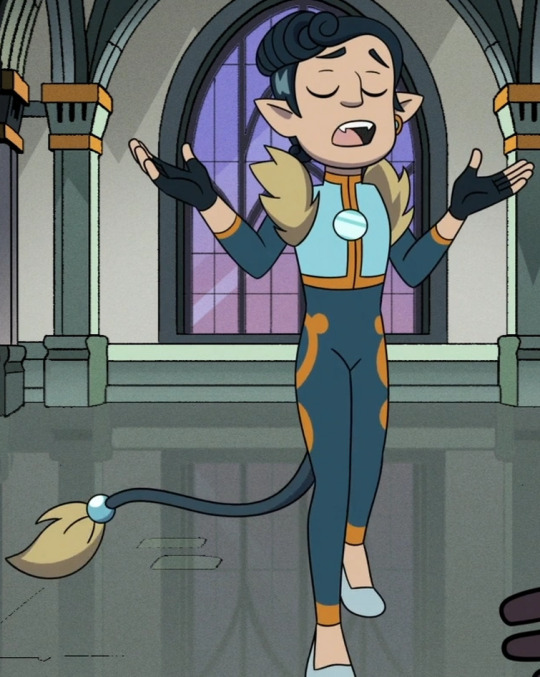
I also find it ironic/funny that they're the only coven heads with jewelry and it's in the form of an earring, yet they wear it on different ears.
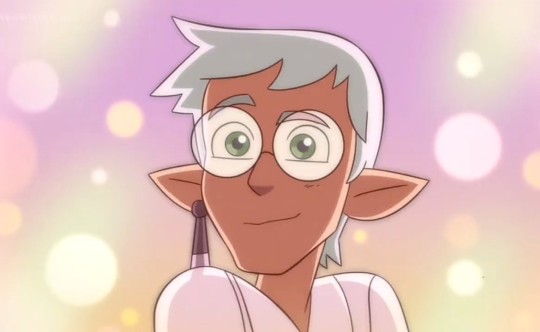
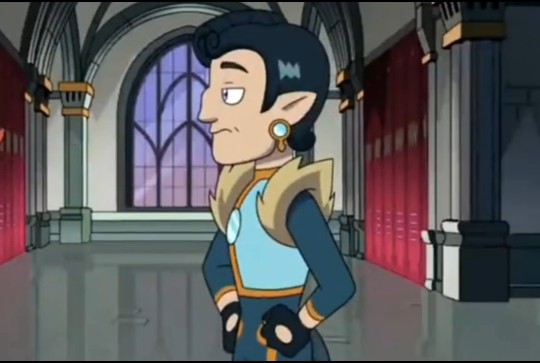
And of course the most obvious difference it that they're on opposing sides with Raine being a rebel, and Adrian working for Belos.
(Not to mention that Raine is the first covenhead we meet and Adrian is the last)
So with this in mind, could you imagine how they'd interact with each other?
Like there's a lot of potential here for interactions they could've had if the show didn't get shortened and allowed them to have screen time.
Of course Adrian will tease Raine about their stage fright and flubbing simple lines and Raine telling Adrian straight up he's the Boiling Isles worst director.
Adrian telling Raine to get a fashion sense and Raine hates it and his style.
Titan forbid they're paired together for any kind of mission because of course Adrian would so try to order Raine around so he could trick people with his illusions with Raine hidden behind one.
Not to mention, what if they both went to St. Epiderm? They probably know a lot of dirt about each other.
Despite all this I do like to think that they like similar music (classical music) and understand how music is important to adding to scenes/cinema.
I like to imagine that both of them can tell what constitutes as good vs bad music and when they hear bad music, they just agree it's the worst thing to hear.
I also like to headcannon that sometimes Raine will play some music just because they like to and Adrian most of the time will yell at them to stop. But occasionally if he likes the music they're playing, he'll listen but never tell them.
Like I swear, there was potential to be had here and in my opinion they should've interacted on screen.
Seriously, they're just two diametrically opposed theater/choir kids with dumb queer energy.
#not me just talking about my blorbos#autistically#like seriously these two would've been such an iconic duo#we were fucking robbed#disney robbed us#these two are my favorites#random fandom stuff#analysations#sort of#the owl house#covenheads#toh coven heads#raine whispers#adrian graye#adrian graye vernworth#toh
230 notes
·
View notes
Note
thinking about cdream and autism, do you think his habit of jumping and pacing around while talking are him stimming? I do that too so Im wondering if it could be something like that for cdream?
I also wonder how the rest of the server would react if they discovered cdream's autistic. I think some characthers like ctechno would be like "that was obvious" other would dont give a shit bc they hate him and other would like "this explains some stuff actually".
Im sorry but now i find the idea of cdream finally being put into a trial and ctechno and cpunz and maybe cranboo being his lawyers and defending him like "Your honor, my client it's literally neurodivergent and also a homeless lonely woof, and a 3yr baby" to the rest of the server. I find that idea funny idk why like cdream and his defense fighting bc like "omggg techno im not homeless and we have the same age!" "dude dont break characther, we're trying to save you!!" ranboo is just wondering what went wrong to get to this and punz is planing on stabbing the wilbur judge bc "who put that man in charge?!?"
-Cleo
Oh for sure, I’ve actually talked about it in my essays about c!dream being autistic [post] and later in a discussion on adhd [post]. I think since it’s not like we can see c!Dream fidget as a Minecraft character the best representation we can get is him bouncing around. :)
How would the rest of the server react?… hm I’m not sure… would they care? Would it matter to them? It’s hard to know, when you have a group of people who will throw someone in prison or watch him lose his last life, it’s hard for me to think they’d give a damn. I just don’t know, I’ve only ever told friends and family and some others who I figured would give a positive response, never to like an enemy. And usually I would do in advance so people have context before I do something they dislike, not during or after (something I think cc!dream might have screwed up on - though to be fair he did make a comment in a podcast so…) as it then doesn’t feel like I’m trying to use it to excuse my behavior. In other words, I think when, as in at what point in the story, people found out he is autistic, makes a difference. If for example they only found out later around the time of Doomsday I don’t think it would change many of their perceptions of him. If they had it before a lot of the conflict began then that might be different. Like for example, would people allow Wilbur to target him if they knew, hard to say but it would be interesting. It also matters how they find out and how much they know. For example, I tell people about what it’s like for me, so that I can then ask them to give me some grace when I need it and give me a chance to explain my side if need be. I tell them so I can then ask something of them, so the question is would Dream tell them in an effort to ask for their grace. Or would he just tell them and then just assume they would give him the benefit of the doubt. Because it’s also important for him to communicate what’s going on, if there is a disconnect happening because of autism like - me getting upset because I’ve gotten too overstimulated by the bright lights or clock ticking, then I need to tell people that’s why I’m losing it not because of anything they’ve done. Assumptions are communication’s biggest enemy or more commonly phrased, “Assumptions are the enemy of true understanding” or as George Bernard Shaw says, “The single biggest problem in communication is the illusion that it has taken place.”
Knowing of autistic diagnosis is step one, step two is communicating that and what it means. Now that you and the other are aware you’re speaking a different language you need to do the translation. To continue an analogy I did earlier, now that you realize you are talking about an American jumper and the other person is talking about a British jumper, it’s time to take the time to explain what an American jumper is and learn what a British jumper is so than you are on the same page.
This would be the same for c!Dream. The best way for his diagnosis to mean anything without people treating him demeaningly (which does happen) is for him to communicate. But both parties have to be willing to listen and understand where eachother are coming from. The autistic person has to put aside their logic to realize that that isn’t always how other people think, and the non-autistic person has to put aside their emotions and feelings of the situation to hear the other person out. (This btw is the problem with the conversation with cc!Tubbo and cc!Dream, cc!Tubbo was not willing to hear cc!Dream out or change his mind. And if that’s the case, discussion is unproductive because the person isn’t willing to hear you out and possibly change their mind or perspective).
In other words, there are basically four outcomes from c!Dream telling people depending on when he does 1) they disregard it as an excuse that he’s using to justify his actions 2) they take the opposite approach and baby him (I think this happens I wouldn’t know it’s not been my experience) 3) it makes no difference in their opinion one way or another or 4) it provides the scaffolding for a bridge of understanding that for the members willing to form that bridge are able to better community and understand c!Dream. But again this only happens if it’s caught, highlighted and both sides are willing to talk it out. Though diagnosis is also useful in the real world, because now that you know you speak a different language, you can start to learn the other one to understand them better. Because then you can be aware of what’s happening and better adapt. And these skills can come from experience, books, therapy, videos and stuff that can help you become aware of how non-autistic brains work to better communicate with them… anyways I’ve strayed from the point haven’t I, oops…
#c!dream#autistic c!dream#dreblr#hello there#oh boy autism and c!dream it’s like my two favorite topics to ramble about lol… how dangerous#did someone order an essay?#<-I’ve really started forget to use that tag huh… lol I think it’s because it’s like 90% essays at this point XD#food for thought#autism#sorry for my delay in responding to this I fell asleep while writing the answer and it got lost in the drafts… typical
8 notes
·
View notes
Text
The Coraline movie and Sally Face are eerily similar and I love it like
- the protagonist has blue hair and pronouns and a dad with terrible posture
- the sidekick character knows all the lore, believes none of it, and has that Scoliosis Slouch(tm)
- Cat.
- the basic plot is “curious kid moves into a new apartment (or something similar), their parents don’t really care what they get up to, and so they proceed to make a really weird friend out of pure convenience and find out that ghosts are real and they’re being specifically targeted by some terrifying entity that takes on the form of people they know. Meanwhile their friend takes a hot minute to realize the protagonist is not actually crazy, or if they are, at least they aren’t a liar and the building really is extremely possessed. Also there’s a cat, and the cat is a little weird.”
- also there’s multiple super weird cryptic neighbors who are… rarely dressed, for some reason. One of them has a weirdly plot relevant connection to their pet.
#these are two of my favorite pieces of media#and I’ve been thinking about this for a while#Coraline movie#Coraline Jones#wybie lovat#Sally face#Sal fisher#Larry Johnson#Coraline#my autistic ass might just make a whole venn diagram for all of this
134 notes
·
View notes
Text
One day I’m gonna drop the full list of characters I enjoy but just never mention it (Roark and Byron are two of these)
#for my sake (character favoritism) I think .#Skyla is Dawn’s more immediate family and as a result is more involved#but like Roark and Byron are very very distant relatives on Johanna’s side#Byron and Johanna are like cousins 7 families/generations apart#and so just barely know each other outside of like one family reunion#cousins who go “oh yeah I’m related to to that person#Roark and Dawn are an extremely autistic duo though i think#those two go into the underground and go missing for a year before they come back with a whole wheelbarrow of rocks#they don’t know they’re related until like years later
12 notes
·
View notes
Text
FUTABA SAKURA NAVI DRAWINGS! -pen art- or something

#I love Futaba Sakura I always have always will they literally me and my sib lol#They’re arc and palace is probably my fav#Little autistic ass punk like seriously and she voiced by two of my favorite va’s for sub and dub#Prometheus is one of my favorite persona second awakenings#Necronomicon and Al Azif are some of my favorite persona designs you cannot make this s- up!#Ren and Futaba Siblingship 4 life!#persona 5 fanart#or something art#persona 5#futaba sakura#futaba sakura fanart#pen art#persona 5 royal#p5#p5r#Navi#prometheus#Prometheus persona 5#Futaba Sakura Gender swapped
11 notes
·
View notes
Text
The Friendship of C.S. Lewis and J.R.R. Tolkien: From the Trenches of WWI to the Publication of The Lord of the Rings
Few friendships in literary history have been as influential as that between C.S. Lewis and J.R.R. Tolkien. Their shared experiences as soldiers in World War I, their scholarly careers at Oxford, and their mutual love for myth and storytelling helped shape two of the most iconic works of fantasy literature: The Chronicles of Narnia and The Lord of the Rings. Let’s explore the journey of their friendship, from the trenches of war to the creation of Middle-earth and Narnia.

Aftermath of WWI
Both Lewis and Tolkien’s experiences in World War I profoundly impacted their view of life, death, and, ultimately, faith. For J.R.R. Tolkien, faith was a lifelong anchor, and his Catholicism only deepened during the war. He saw the horrors of the battlefield as part of a greater cosmic struggle between good and evil—a theme that permeates The Lord of the Rings. For him, Middle-earth was a deeply Catholic work, though not in a preachy sense. Instead, his belief in providence, free will, sacrifice, and the corrupting nature of power is embedded in the story's fabric.
C.S. Lewis had a very different trajectory. As a young man, Lewis was an atheist, largely due to the suffering he witnessed in the war. He couldn’t reconcile a loving God with the violence and death around him. His loss of faith was intensified by the death of his mother at a young age. Lewis emerged from World War I skeptical of religion and consumed by philosophical and existential questions. Unlike Tolkien, who was more rooted in his belief system, Lewis’s spiritual journey took much longer and was fraught with doubt.
Meeting at Oxford
When Lewis and Tolkien first met at Oxford in the mid-1920s, faith wasn’t a major topic of conversation. Instead, their bond formed around a shared love of literature, mythology, and language. Both men were professors—Tolkien of Anglo-Saxon and Lewis of English literature—and they quickly found common ground in discussing ancient myths, Norse legends, and linguistic intricacies.
However, it wasn’t long before Tolkien’s faith became a crucial aspect of their friendship. Tolkien was dismayed by Lewis’s atheism and saw it as an intellectual and spiritual challenge. As their friendship deepened, Tolkien became instrumental in Lewis’s return to Christianity, though the road was long and complex.
A Conversation Changed Everything
One of the pivotal moments in both Lewis and Tolkien’s lives came in September 1931, during a late-night conversation that would later become legendary. Along with their friend Hugo Dyson, the three men took a long walk around Oxford’s Addison’s Walk, discussing mythology, literature, and theology.
Tolkien, passionate about the power of myth, argued that Christianity was the true myth. He suggested that, just as myths and legends conveyed profound truths through symbolic stories, Christianity was the “myth become fact.” The story of Christ, he argued, had all the narrative power and beauty of ancient myths, but unlike them, it had actually happened in history. This idea struck a chord with Lewis, who had long admired the power of myth but had been skeptical of Christianity’s claims.
This conversation was a turning point for Lewis. Shortly after, he experienced a profound spiritual awakening and accepted the Christian faith, though he chose Anglicanism over Tolkien’s Roman Catholicism. This conversion would shape the rest of Lewis’s life and work, particularly in his writings on Christian apologetics like Mere Christianity and in The Chronicles of Narnia, where Christian themes are unmistakable.
Faith and Story-Telling
Faith became a deeply embedded aspect of both men’s creative work, though in very different ways. Tolkien, ever the subtle storyteller, wove his Catholic faith into The Lord of the Rings through its themes rather than through explicit symbolism. He once said that The Lord of the Rings is “a fundamentally religious and Catholic work, unconsciously so at first, but consciously in the revision.” Themes of redemption, grace, the power of free will, and the ultimate triumph of good over evil are central to the story. Characters like Frodo and Aragorn embody Christ-like self-sacrifice, while the corrupting influence of the One Ring echoes the concept of sin.
Tolkien’s depiction of evil is also rooted in his faith. Sauron, the Dark Lord, and the Ring itself represent more than just physical threats—they embody the corrupting nature of absolute power and the spiritual danger of succumbing to evil, much like the Christian concept of original sin.
Lewis, on the other hand, was more overt with his Christian allegory, especially in The Chronicles of Narnia. Aslan, the great lion, is an unmistakable Christ figure, sacrificing himself for Edmund’s betrayal and rising again to save Narnia. While Tolkien disliked allegory, preferring to let the underlying truths speak through the narrative, Lewis embraced it, using the magical land of Narnia to explore themes of resurrection, salvation, and the battle between good and evil in a way that was accessible to both children and adults.
Faith and Friendship
Faith, while it deepened their friendship in some respects, also introduced some strain. Tolkien was never entirely comfortable with Lewis’s Anglicanism and found his friend’s theological writings—particularly Mere Christianity—too simplistic and reductive. He also disliked the overt allegory in The Chronicles of Narnia, feeling that Lewis’s mixing of mythological figures (fauns, centaurs, and Santa Claus, for example) alongside Christian themes was too jarring.
For his part, Lewis always remained appreciative of Tolkien’s role in his conversion, acknowledging that without Tolkien’s influence, he might never have come to faith. However, Lewis’s rising fame as a Christian apologist and his more public embrace of faith through radio talks and theological books made Tolkien uneasy. Tolkien, a more private man, valued faith as something personal and profound, while Lewis became a public figure in the Christian world.
Their differences in how they expressed their faith and their literary styles led to some distancing in later years, but the bond they shared over decades of friendship remained strong, especially in their mutual respect for one another’s intellect and creative genius.
The Lasting Impact
Faith was an essential pillar of both Tolkien and Lewis’s lives, deeply informing their works, their friendship, and their worldview. Without Tolkien’s steadfast Catholicism, The Lord of the Rings would lack much of its depth and moral complexity. Without Lewis’s eventual embrace of Christianity, The Chronicles of Narnia would never have been written, and the world would be without some of the most compelling Christian apologetic works of the 20th century.
Though their spiritual journeys took different paths—Tolkien’s steady and lifelong, Lewis’s dramatic and intellectual—their faith shaped not only their writings but also the nature of their friendship. Together, they built worlds that reflected their belief in the eternal struggle between good and evil, the power of redemption, and the hope that lies at the heart of the Christian narrative.
Their works continue to inspire readers today, offering not only escapism into fantastical worlds but also deep spiritual truths that resonate across generations. And at the heart of these stories lies the enduring friendship of two men whose faith was central to their lives and legacies.
#studyblr#christian faith#christian blog#actually autistic#history#ww1#ww2#world war 1#world war 2#j.r.r. tolkien#lord of the rings#the hobbit#chronicals of narnia#c.s. lewis#writerscommunity#writeblr#girlblogging#interesting information#interesting#learning#knowledge#knowledge addict#infodump#lore dump#random information#random post#i love this stuff#i love history#and even more so that is has to do with my two favorite writers#shout out to the post that made me research this
7 notes
·
View notes